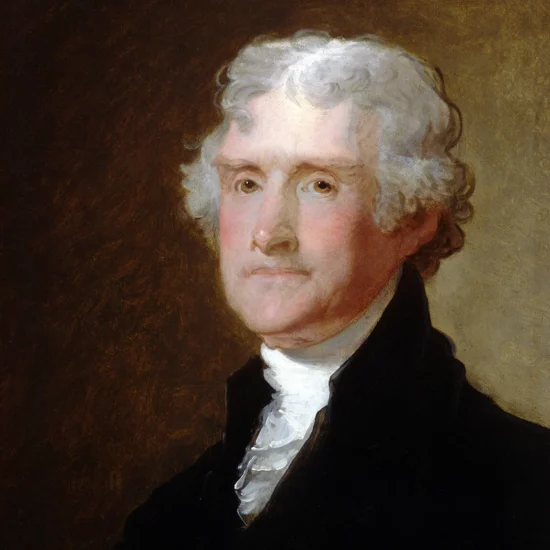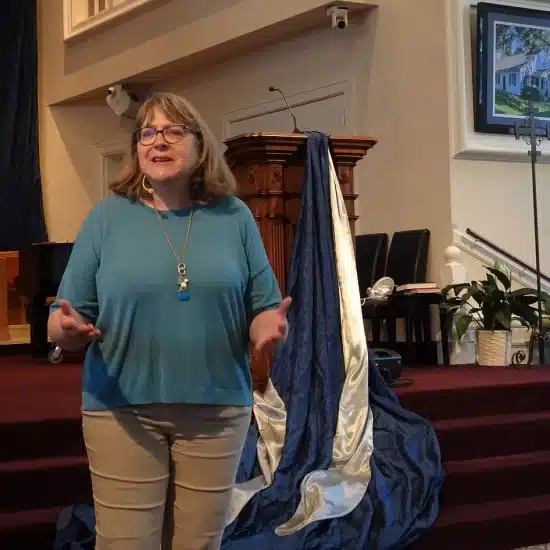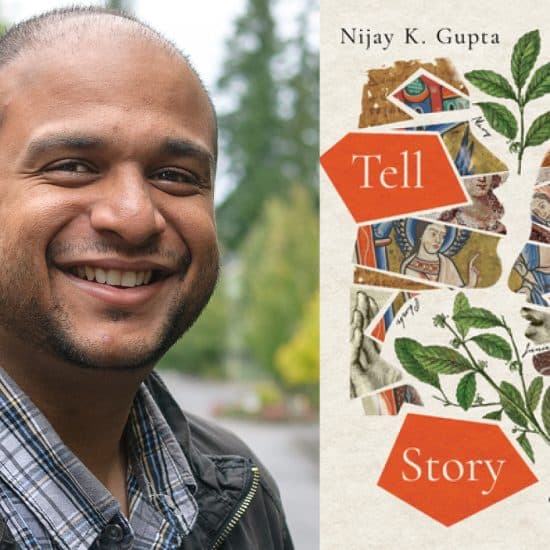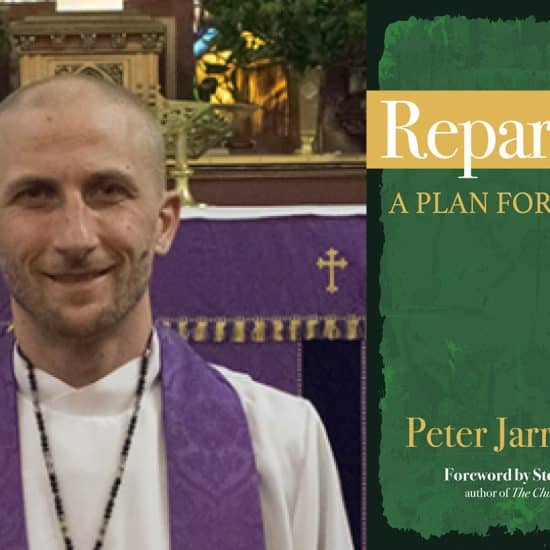During the Civil War, the church I attend was occupied by Union soldiers who used the pews for firewood, and the building as a horse stable. Later, the church burned.
While different, every church has a history. It can be seen in its architecture, wall portraits, and even in its minutes and bylaws.
At some point, the congregation will need to share that history in an anniversary, a church directory or a community celebration.
There are a lot of helps to gather and preserve church histories, including a download from Word&Way (tinyurl.com/WW-historyhelps) for anniversary planning. Writing a complete, accurate history requires a bit more work.
Calendar the steps. Producing a history takes time. Will the end result be a booklet, drama, visual presentation or a talk? Regardless, there’s work to do — research, reading, interviewing, fact-checking, writing and polishing, and publishing or rehearsals.
The Missouri Baptist Historical Society (tinyurl.com/MBHSociety or 816-415-7557) offers a free $30-value planning kit. Congregational Library (tinyurl.com/CLanniversaries) provides ideas, and a PDF brochure, “Writing a History That People Will Read.”
Determine the purpose. Examine why the church is engaged in this process. Because someone thought it should be done, to educate or inspire? Will it to be used for a one-time event, or be periodically updated? Including a good cross-section of members to determine the purpose can provide a spectrum of ideas. For instance, Memorial United Methodist Church in Avon, Conn., has produced annual videos as a visual yearbook (tinyurl.com/MUMC2011).
Figure out the format. Format choice may mean finding needed expertise. Examine how other churches, businesses and non-profits tell their history, and why they bother sharing it.
For example, take a look at the “Digital Story of the Nativity” video (tinyurl.com/DigitalChristmasStory). How would the church story look if told through social media? Nonprofit Tech for Good (tinyurl.com/NPTresources) compiles online resources for utilizing social media.
HistorySmiths.com helps secular companies tell their story in ways that can benefit them. Imagine what the church could do.
Think about the future. Consider using the project to go beyond “history through today” and use it as a marvelous launching pad to cast a dream and build for tomorrow.
Roll up your sleeves. The Presbyterian Church (pcahistory.org/publications/writinghistory.html) shows the task ahead — gathering statistics, pictures and other materials, and delegating the work.
Interview long-time members and past leaders to gather an oral history. Get to the experience of the past. How did people get to church? What are differences between worship today and back then? What do they want people to know in 50 years?
Determine publisher parameters. If a printed history is desired, more research will be needed. While utilizing a PDF document or putting it all online may reduce costs, are some bound copies or color brochures desired?
Think of presentation possibilities. Regularly look for ways to share the project. The United Methodist Church has church history ideas including communicating by producing infographics. Find an online version of its booklet, “How to Write a Local Church History” at tinyurl.com/GCAH-history.
Communication resource Church Marketing Sucks (tinyurl.com/CMShistory) tells about a church that produced a magazine, tied it into a sermon series and used it in a stewardship emphasis. Draw in others to make the history part of a celebration. The chamber of commerce or historical society may want to share it, too.
Use imagination, time, planning and teamwork effectively for a church history that is both significant and fun.
Ken Satterfield is advertising coordinator for Word&Way.






